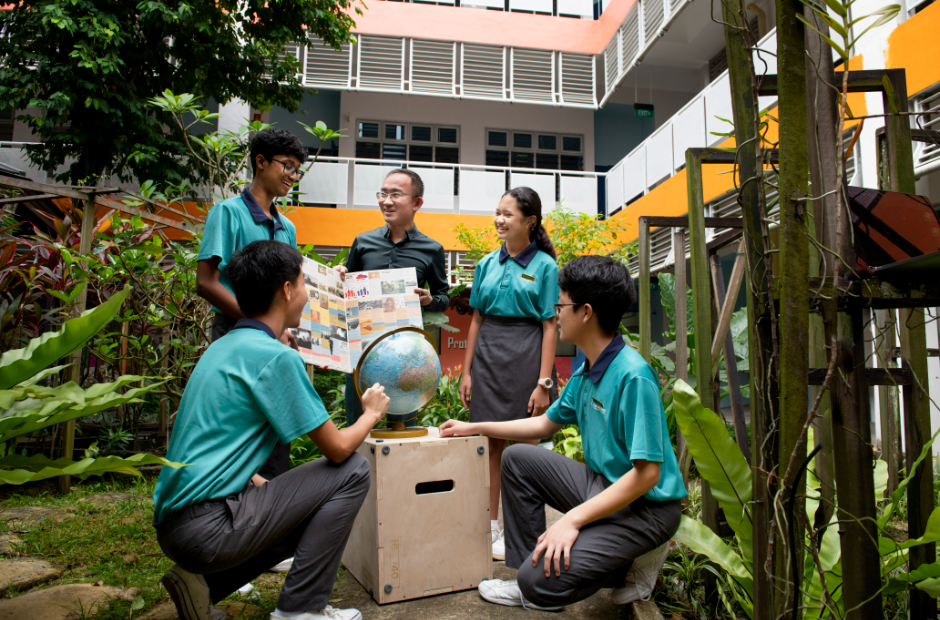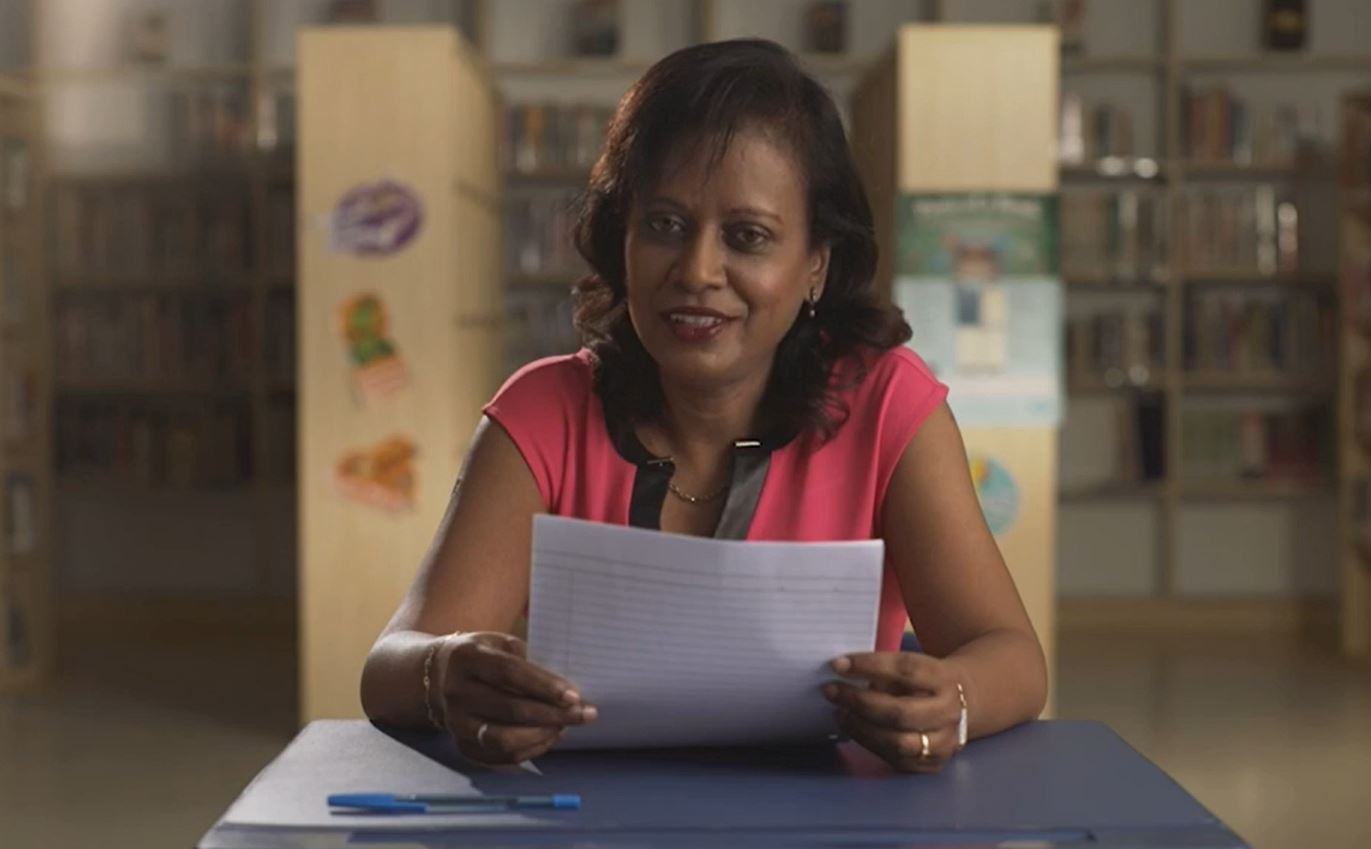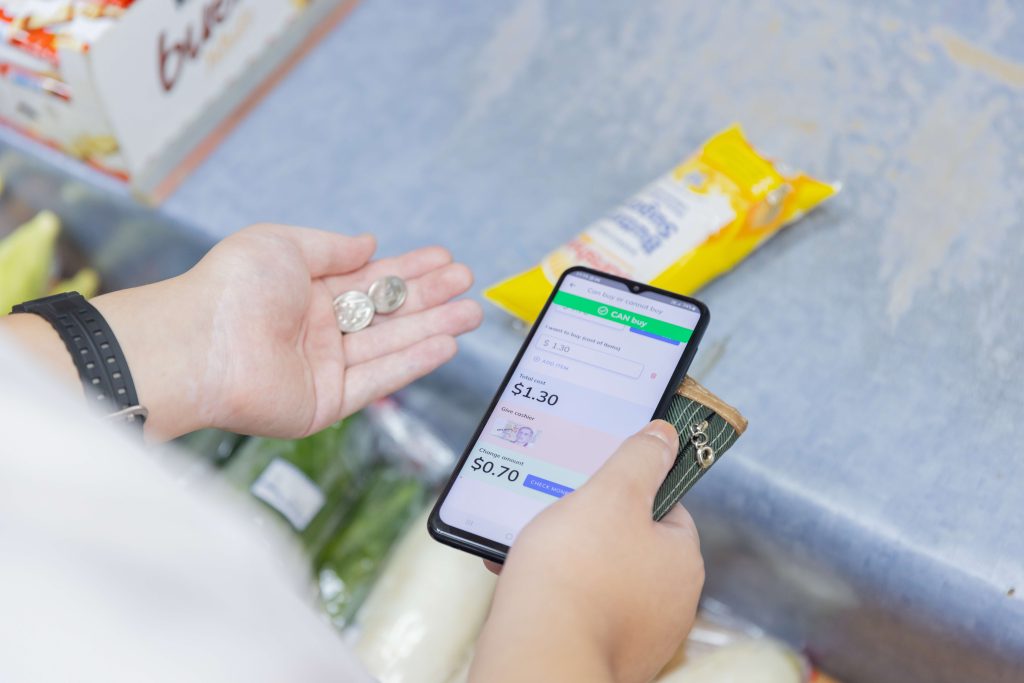
The MOE – SG Enable Innovation Award recognises outstanding teaching and learning innovations by Special Education (SPED) schools that enable students to achieve breakthroughs in their education towards the desired outcomes of SPED in the aspects of living, learning and working.
Here are the four award-winning innovations, which provide a glimpse into how SPED schools create a more inclusive and supportive community for students with moderate-to-severe special educational needs.
Project #1: An app that brings confidence to work in the world
A digital ‘sidekick’ that unlocks students’ potential by enabling them to access employment and independence
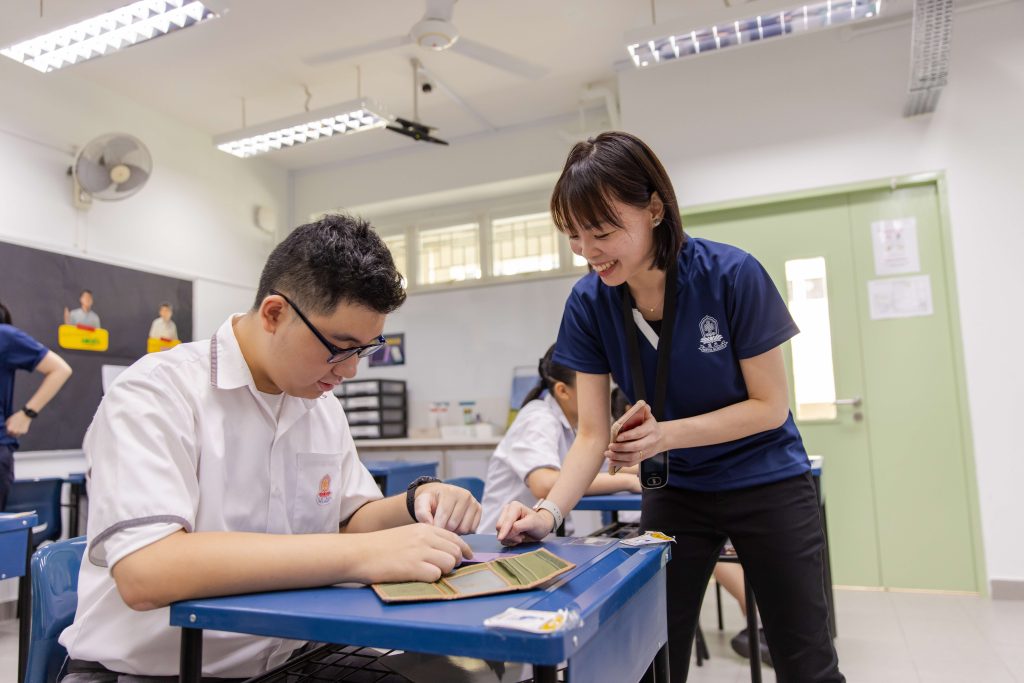
Similar to short-sighted students who may feel anxious without their spectacles to navigate their way, some students, including those with special educational needs, who are unsure how to manage and handle money independently may find making purchases a nerve-racking experience.
Enter the EPP NumAPP, which supports students on the Vocational Non-Certification Programme (previously known as Employment Pathway Programme (EPP)) in Metta School, equipping them with skills to manage purchases and handle money independently.
Developed by the teachers at Metta School, the EPP NumAPP simplifies shopping, setting alarms, and performing food expiry checks, offering a convenient and user-friendly experience for students.
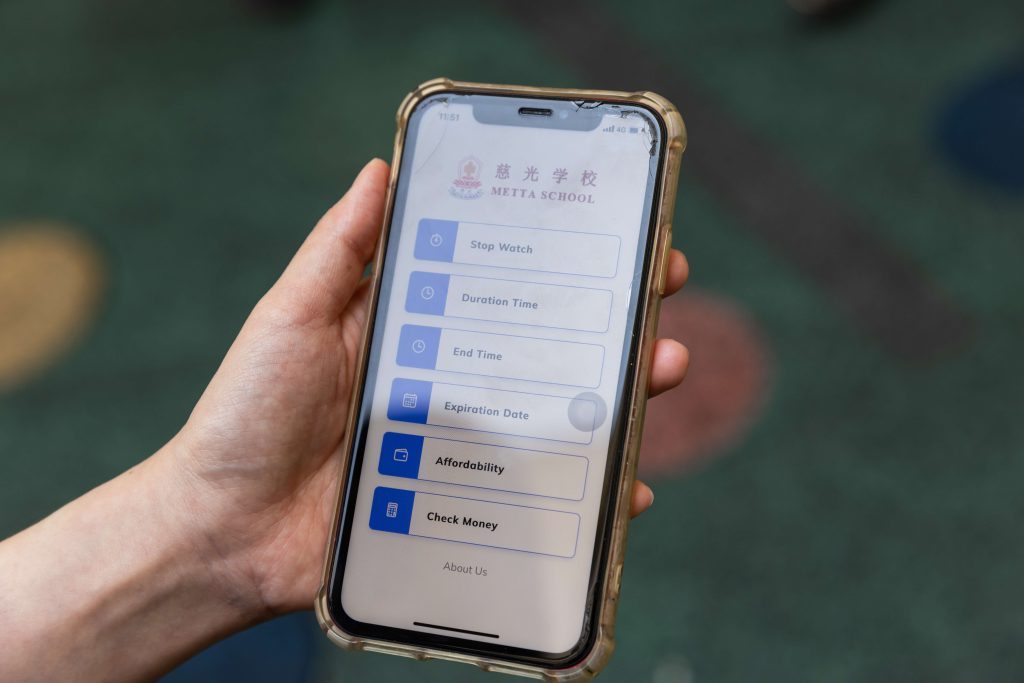
The app has helped students to avoid awkward moments and unnecessary misunderstandings where they have insufficient money while standing at the cashier. “Students commonly use the app to check the affordability of an item. They input the amount of money they have on hand and the price of the item. The app then tells them if they have enough money and calculates the expected change,” explains Ms Nurhaishireen Bte Md Rahim, Head of Vocational Programme. To help students calculate change, Ms Nurhaishireen adds, “They can enter the money denominations they receive, and the app will confirm if the amount is correct or not.”
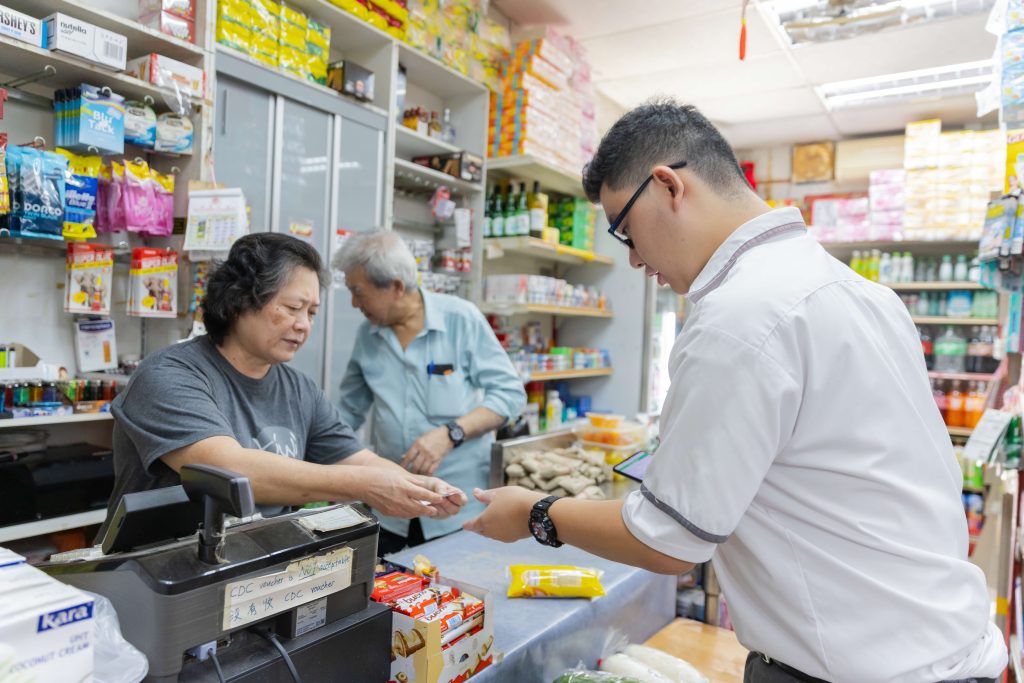
The app provides a practical solution for students to seamlessly apply Numeracy concepts taught in class in their daily life.
“While most smartphones have separate apps for timers, alarms and calculators, the EPP NumApp works the same way on any phone. This means teachers can focus on building students’ skills rather than re-teaching app navigation,” says Ms Nurhaishireen.
The app is especially helpful for students who are good at their jobs but struggle with Numeracy. It makes them feel more confident at work or when looking for a job. This confidence empowers them to do more things on their own and be more productive.
Despite its apparent simplicity, the EPP NumAPP has significantly impacted students’ lives. Those who previously struggled with independence now navigate everyday activities with greater ease, both at work and in daily life.
Project #2: Weaving therapy into every learning moment requires the perfect partnership
Imagine a classroom where therapy isn’t a separate event, but a seamless part of every student’s day, woven into the fabric of their learning experience. This is the essence of the Trans Disciplinary (Trans D) approach.
Instead of pulling students out of the classroom for therapy, the Trans D approach focuses on incorporating therapy into students’ daily activities at school and at home. This provides more opportunities for practice, leading to greater success in their learning.
This approach is crucial at the Cerebral Palsy Alliance Singapore Schools (CPASS) (East and West), which serves students with multiple disabilities. These learners face at least two impairments across sensory, cognitive and physical aspects, and may have complex medical conditions.
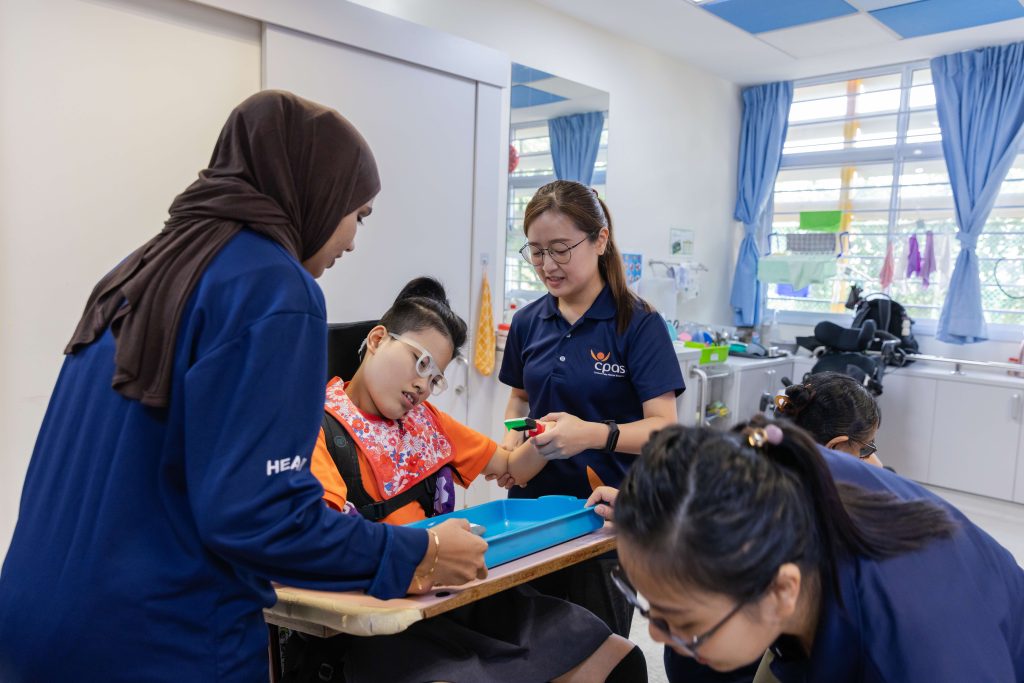
At its core, the Trans D approach develops commonly identified goals for each student through collaboration between teachers and therapists. This is unlike the traditional model where therapists and teachers might have goals that are separate and distinct. The Trans D approach also involves working with students and their parents or caregivers to set goals for their Individual Education Plans.
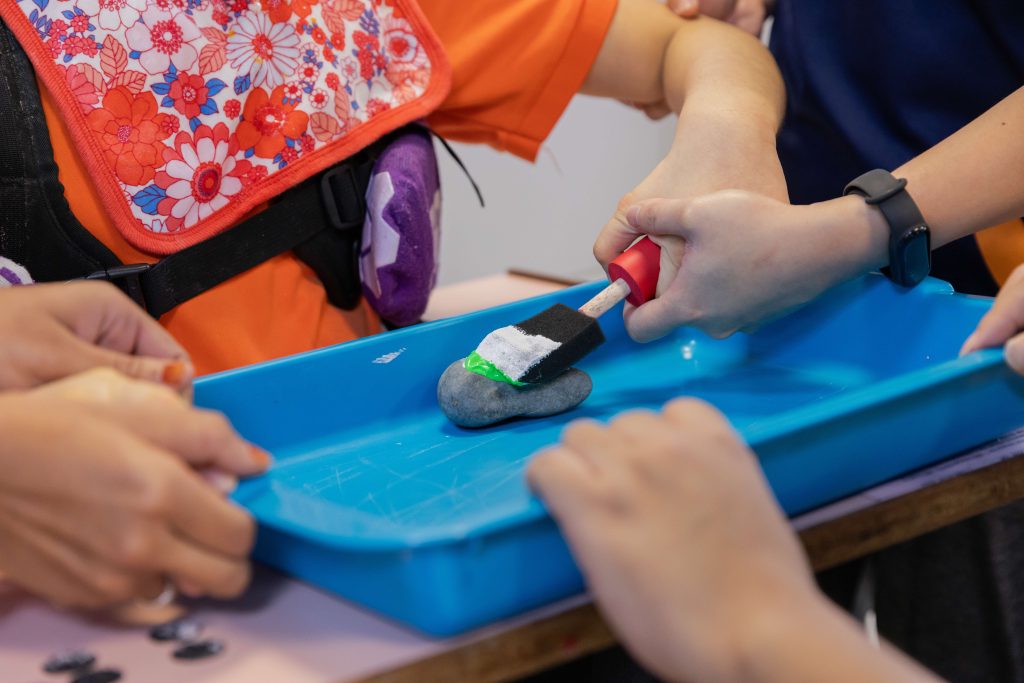
Under the Trans D approach, students get to practise their skills more frequently throughout the day, leading to greater mastery. They are also better able to apply these same skills across different settings.
In an art lesson conducted by the teacher, the occupational therapist would be guiding the physiotherapist and teacher aide how best to support the student to sit and hold their art equipment properly to develop their grip strength and core muscles.
To further enhance students’ learning across different settings, the team collaborates with parents and caregivers to reinforce the child’s learning outside of school. This helps the student practise these skills not just in the classroom, but also at home.
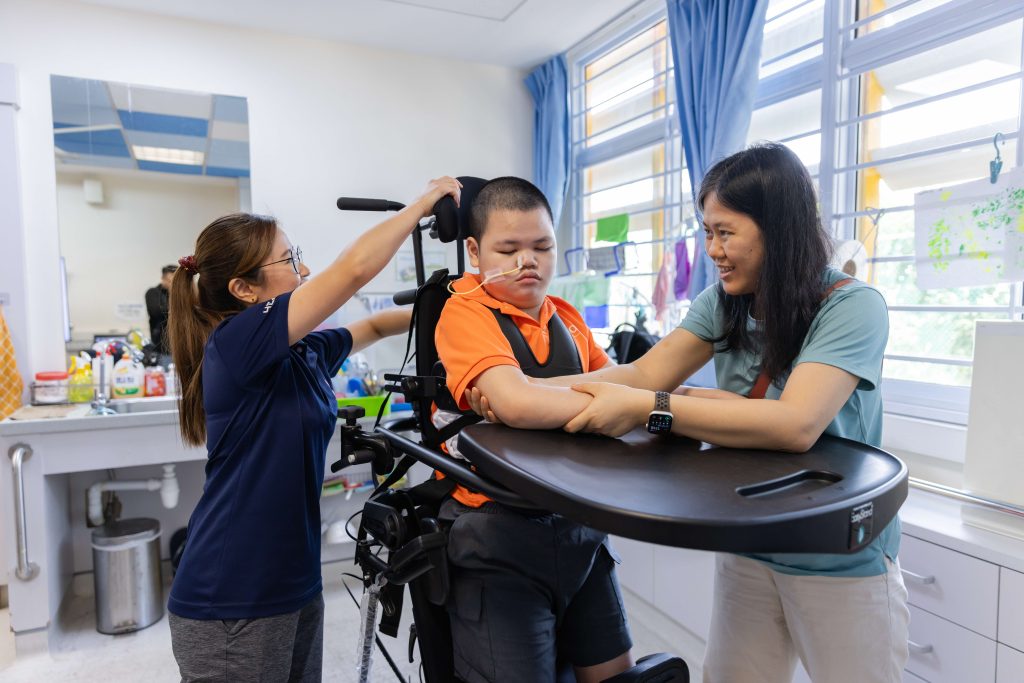
For example, physiotherapist Ms June Lee shows Mdm Chong Yoke Ping how to help Koh Kang Heng use a standing frame (a device that assists those who have difficulty standing). “Having the knowledge and guidance to support my son’s posture practice at home during the school holidays gives me confidence in maintaining his progress,” says Mdm Chong.
The Trans D team sees the possibility and potential in every child. Through meticulous planning and teamwork, they strive to help each student achieve their best.
Project #3: Using the seven senses to engage students with complex learning challenges
To effectively teach these students, a team of teachers developed a multi-sensory curriculum engaging all seven senses to help students process information in new ways
Recognising that typical teaching methods, which often focused solely on learning through seeing or listening, fell short for their students who needed extra support with mobility, fine motor skills, daily living and learning, CPASS (East) teachers acted.
They pioneered a unified curriculum for the school’s High Support Programme (HSP), a first among Singapore’s SPED schools. This programme provides extensive assistance to students with profound learning difficulties.
Developed around themes, the HSP curriculum includes packages containing learning activities and resources that engage students’ hearing, smell, touch, sight, taste, and movement (proprioceptive and vestibular). Allied Health Professionals also contributed to this specially crafted curriculum to effectively involve students’ various senses.
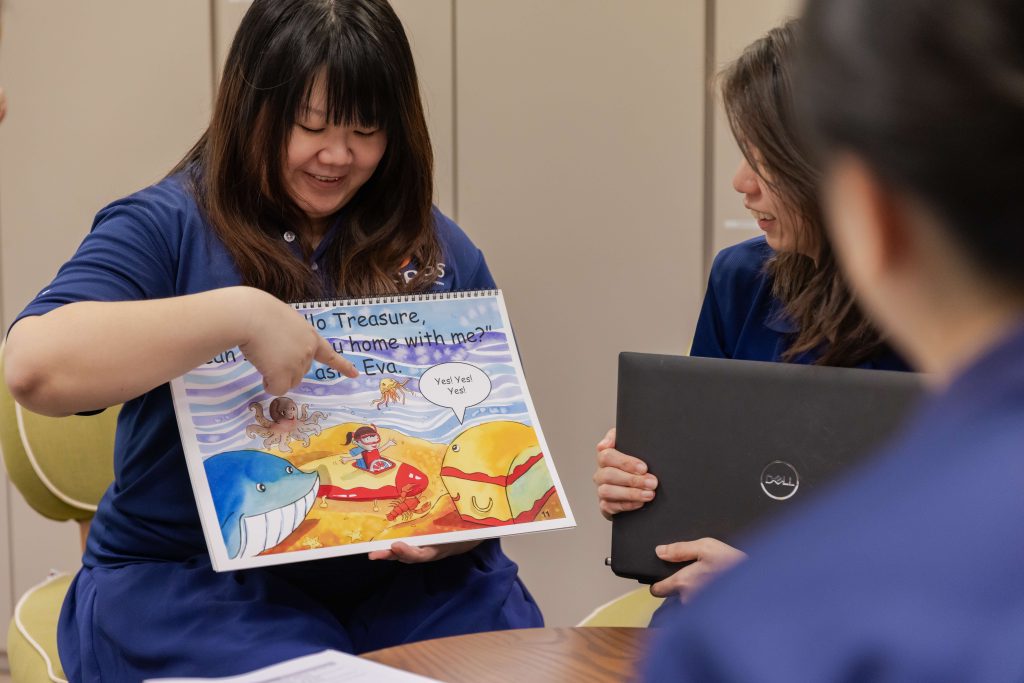
Students who previously seemed unresponsive to lesson materials focused on auditory or visual senses showed increased interest to the new curriculum through enhanced eye contact, gestures, and vocalisations. This approach not only makes learning more enjoyable but also helps students learn in environments that are as authentic as possible.
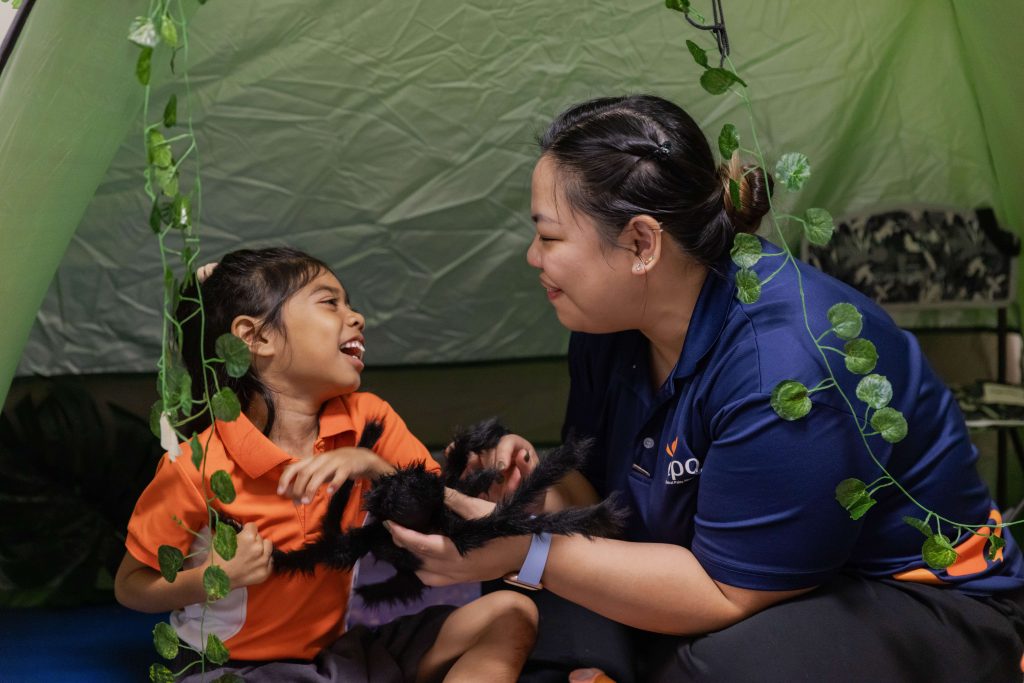
The team also developed a guidebook to support teachers in the HSP. They did this by studying various educational resources and curriculum models and collaborating with the school’s Allied Health Professionals and assistive technology specialists. The guidebook outlines what students need to learn, the topics and goals, how to teach the lessons, and how to assess if students understand what is being taught.
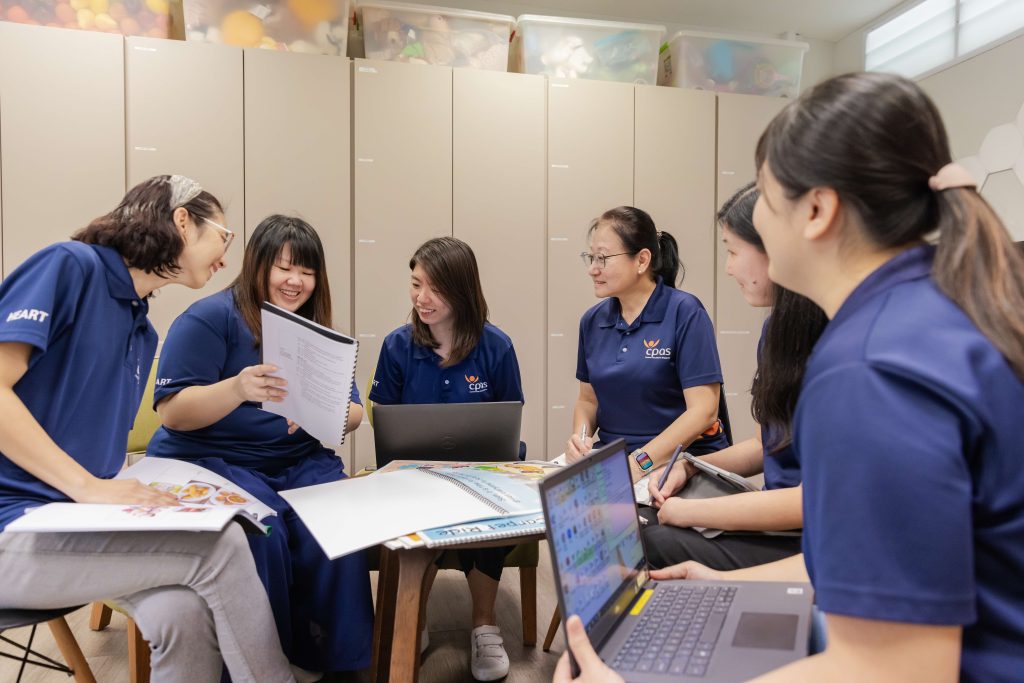
Ms Jacqueline Soh, a teacher at CPASS (East), highlights the curriculum’s impact, “The curriculum has provided me with creative ideas for lesson planning, allowing me to focus on tailoring my students’ learning experiences. My students have fun and are more engaged.”
Prior to this initiative, no standardised practices or resources existed for the HSP. Achieving the required transformative efforts in HSP students’ learning was no easy feat, and the team firmly believes that all children can learn – it’s a matter of how they are taught.
Project #4: Grace Orchard School scores a ‘G.O.A.L’ by getting everyone involved in developing self-directed learners
Even the best resources fall short without a supportive school community. This school actively involves staff and parents to develop goal-oriented, motivated, and resourceful students
Grace Orchard School (GOS), run by Presbyterian Community Services, serves students with mild intellectual disability and some with autism spectrum disorder.
By developing the Student Diary and G.O.A.L (Grace Orchard Active Lifestyle) Booklet, the school endeavours to nurture expert learners by strengthening students’ independent learning in daily living, digital literacy, socio-emotional competence, and character development.
But the winning formula is in GOS’ coordinated approach in involving staff and parents to support and reinforce the students’ active use of these resources. Their feedback was taken in to regularly review and improve these resources.
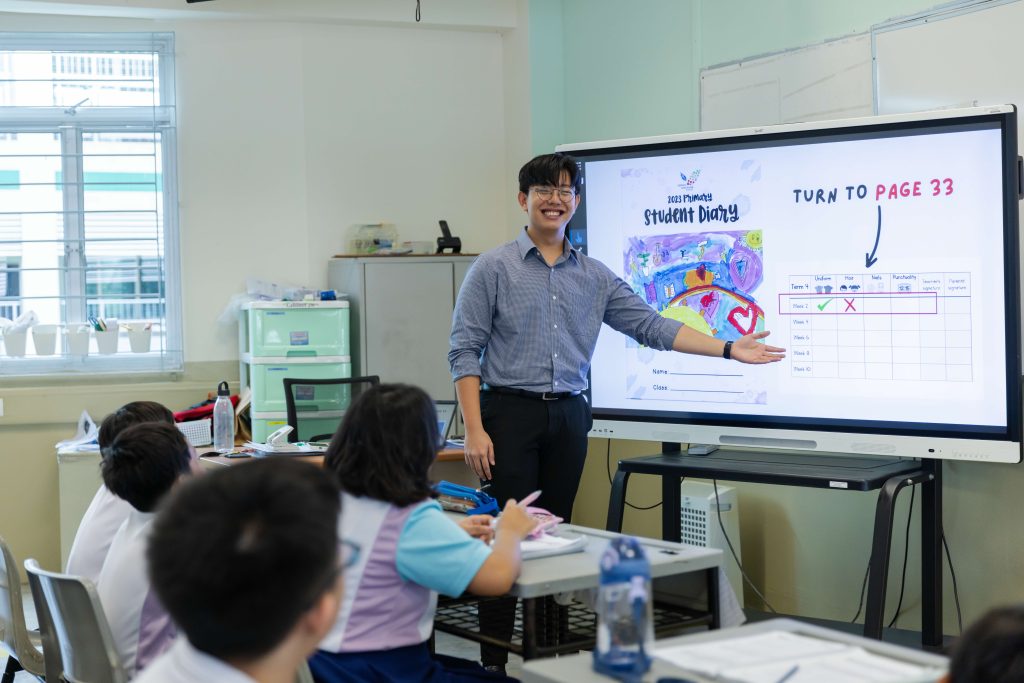
The Student Diary is used to encourage students to take ownership of their learning, by having them set and evaluate termly learning and behavioural goals. Students also use the diary to record their feelings. This practice helps students better understand themselves and encourages discussions on how to manage their emotions.
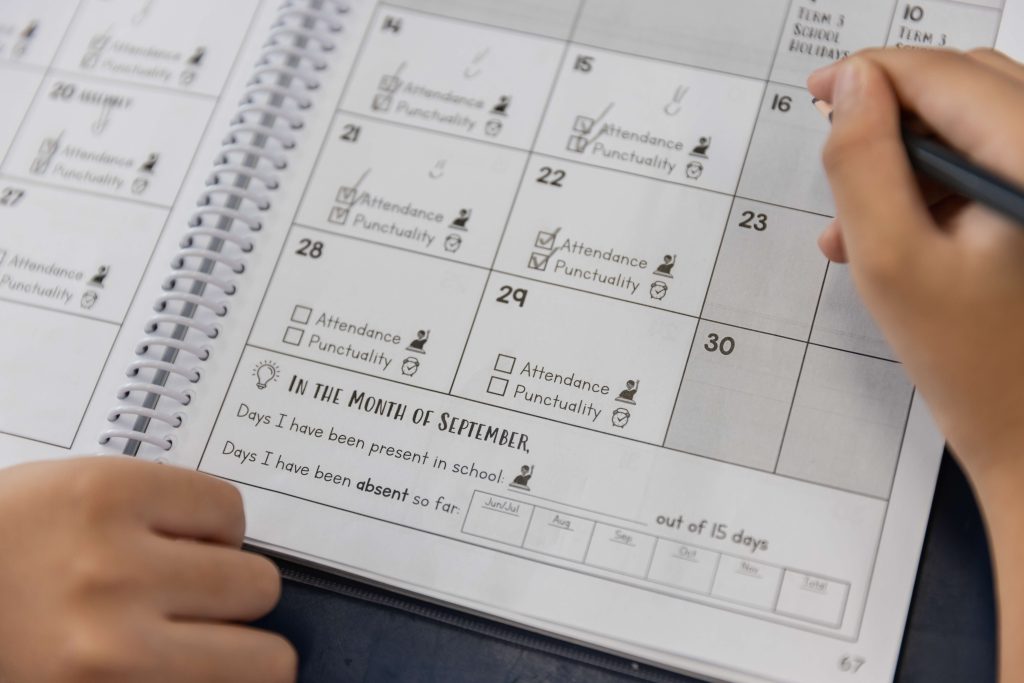
The G.O.A.L. Booklet, used in Physical Education (PE) lessons, helps students keep track of their own learning and fitness goals. In addition, students can access exercise videos starring GOS teachers through QR codes included in the booklet.
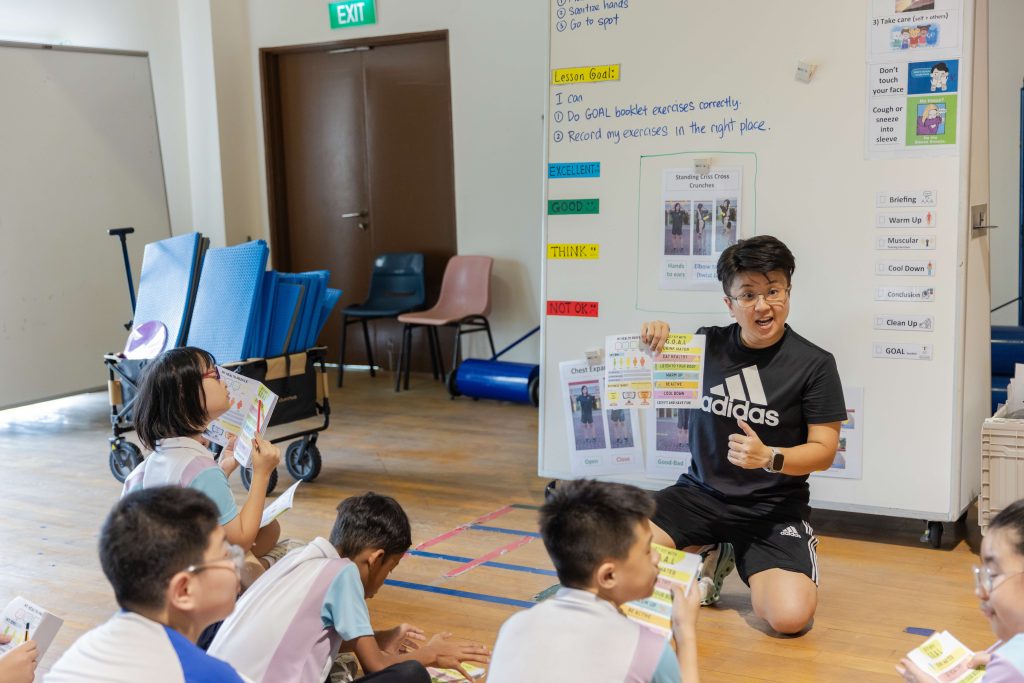
These exercises, which are also taught in school, enable students to be independent in achieving their fitness goals through regular exercise. Parents are also equipped with the knowledge of how to use the booklet at home with their children through workshops and sharing.
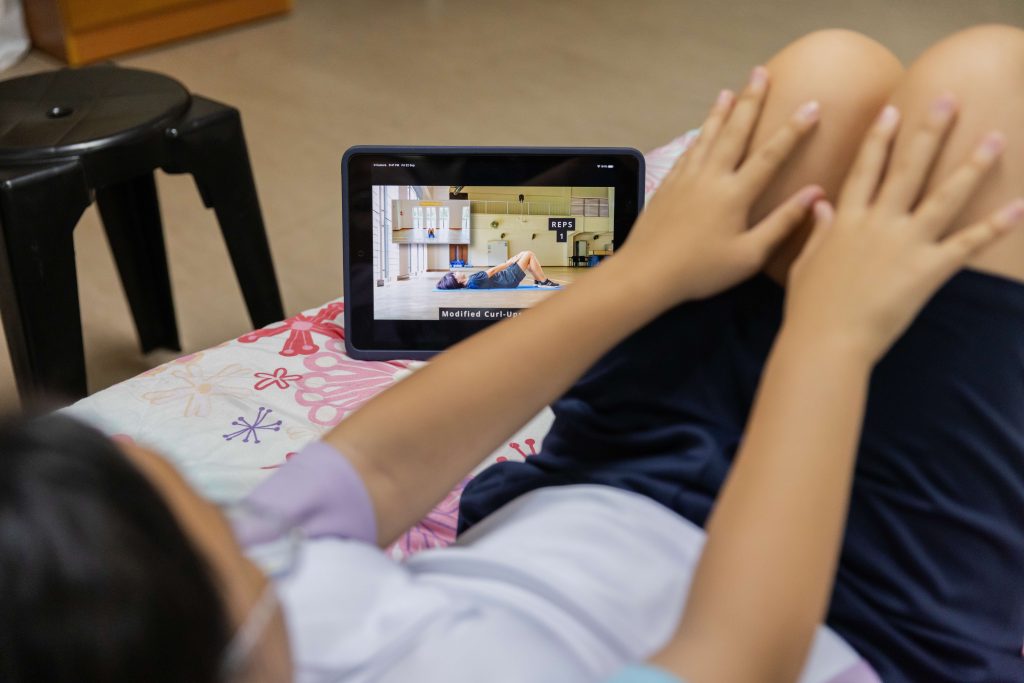
Mr Ng Boon Hwee, father of 12-year-old Liz Ng, shares how he noticed his daughter’s increased motivation for physical exercise, “Before the G.O.A.L Booklet, she resisted doing exercises. Now, she is so much more motivated and exercises three times a week. Her posture has improved, and she has even taken up sports like table tennis and skipping.”
This project’s innovation lies not only in the materials developed but also in how the school community collaboratively uses these resources to foster self-directed learning and student independence. After all, a booklet alone does not motivate students. It takes a supportive community to bring the material to life and make learning engaging and relevant.



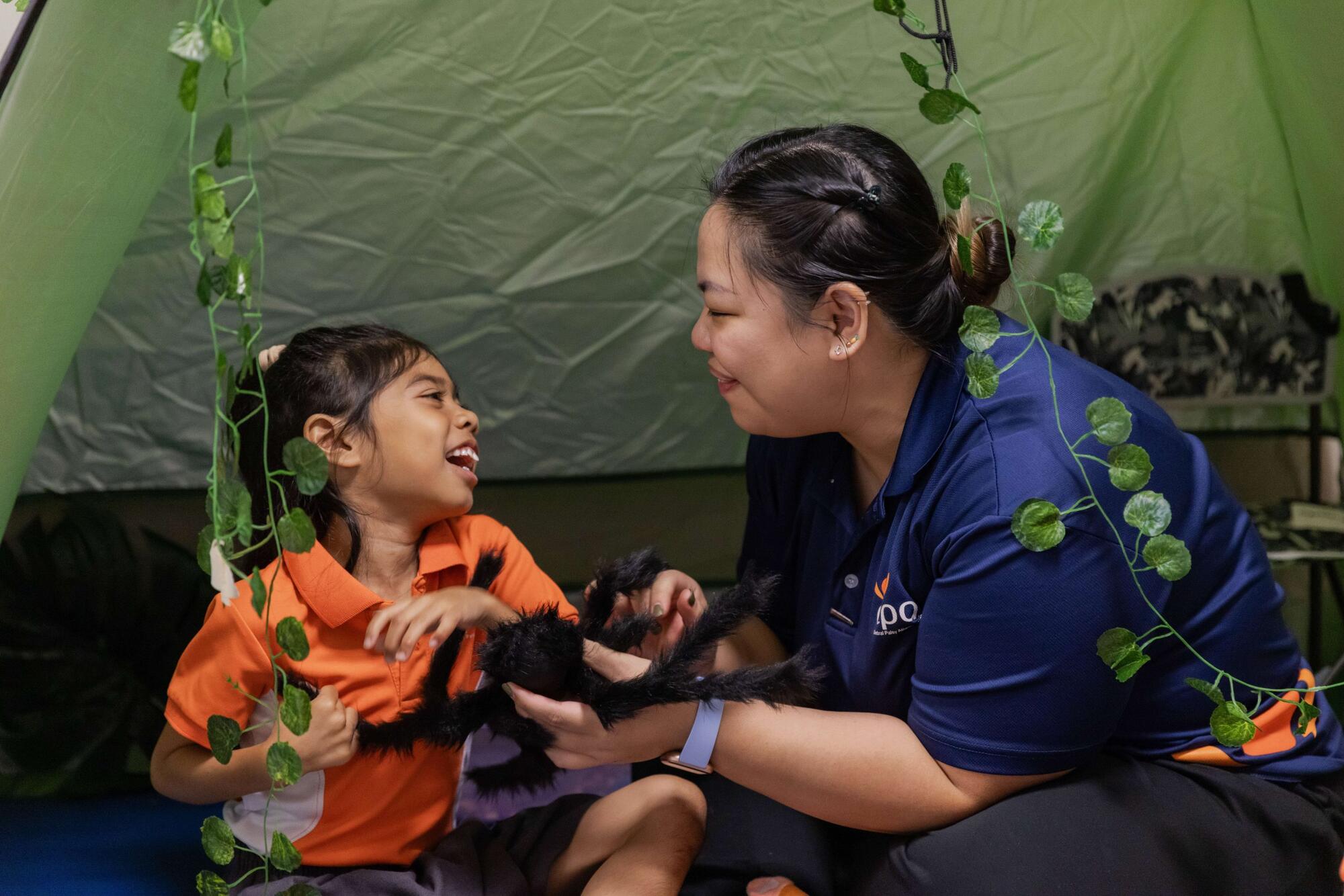
.jpg)
